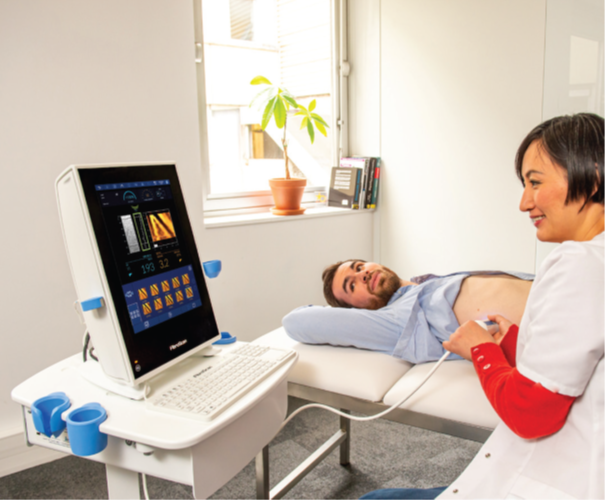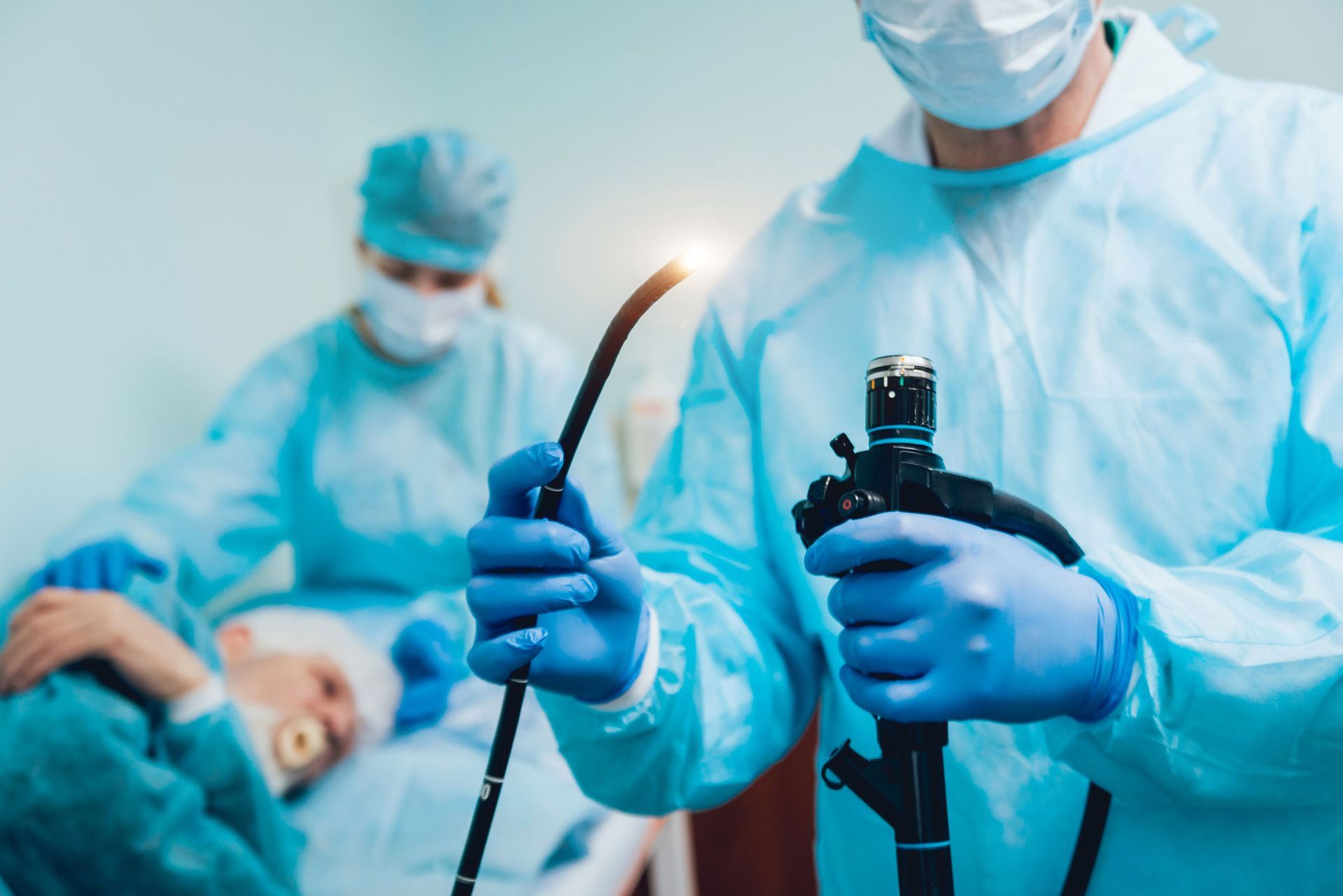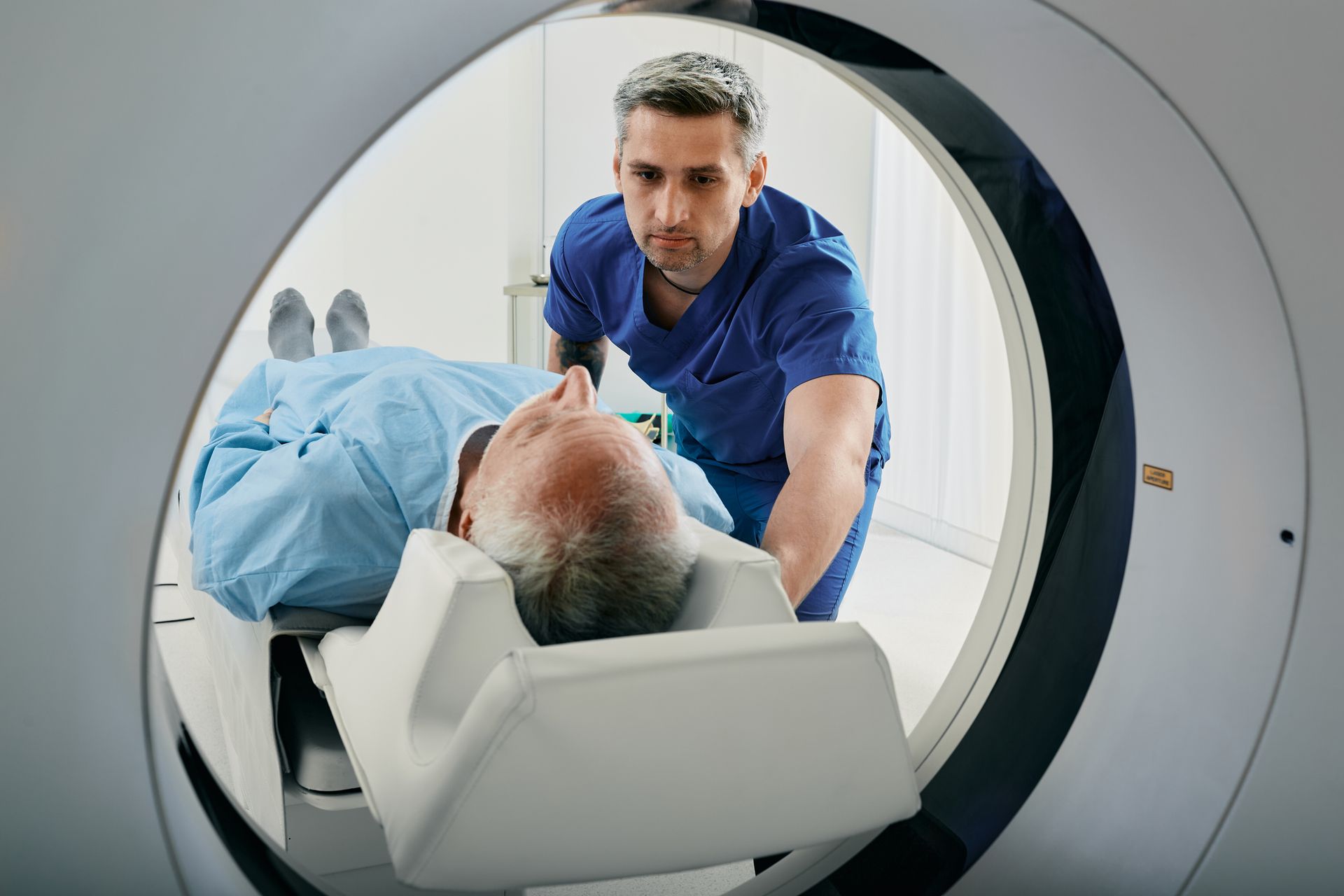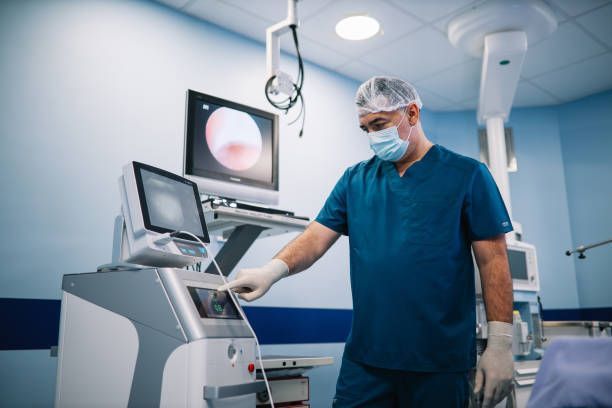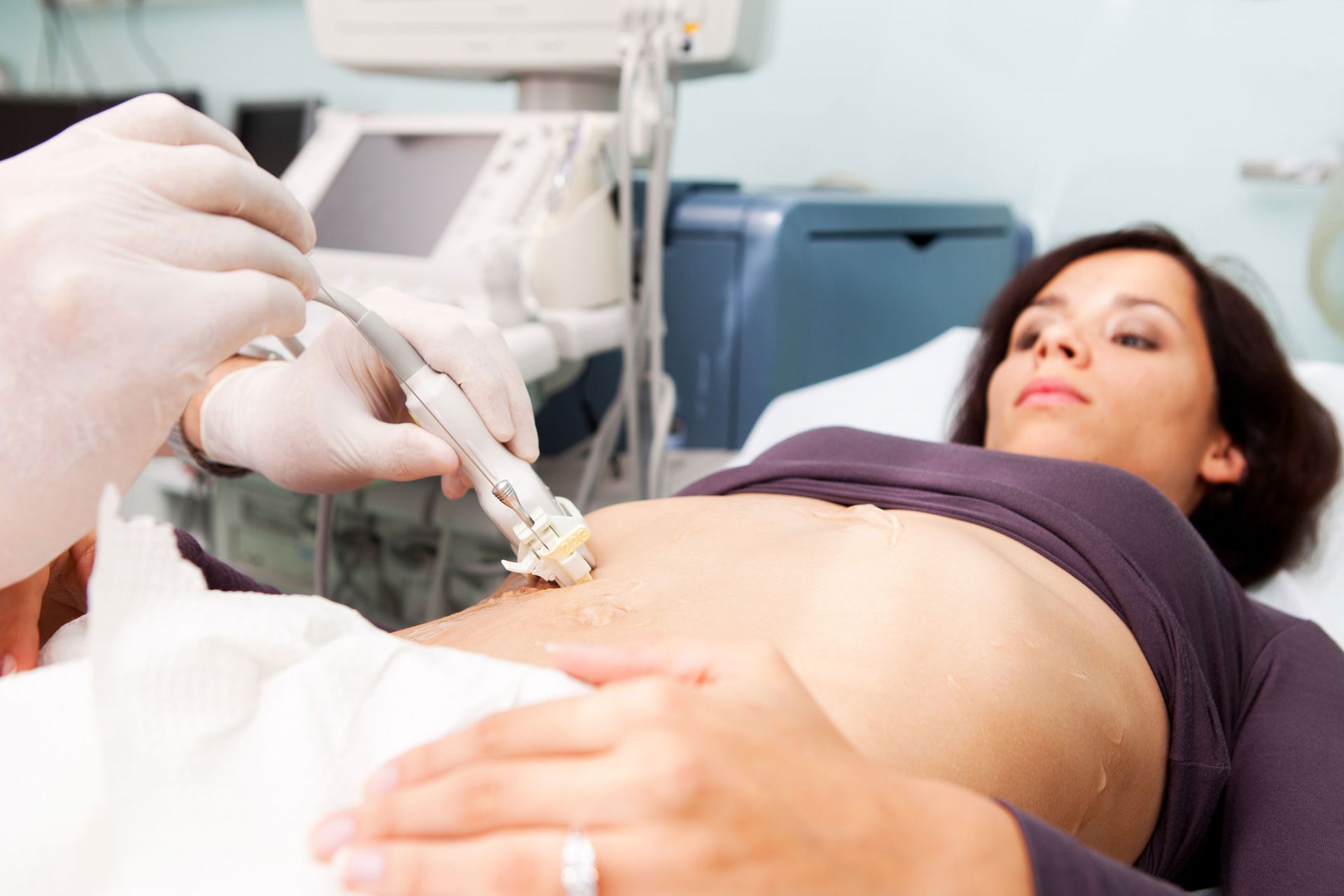Flexible Sigmoidoscopy
What is Flexible Sigmoidoscopy?
A flexible, lighted tube that is about the thickness of a finger is inserted through the rectum into the first section of large intestine (colon) and allows the physician to carefully examine the lining of this portion of the colon. A tiny sample of tissue (biopsy) can be taken for examination in the laboratory if indicated. Biopsies are taken for many reasons and do not necessarily imply cancer.
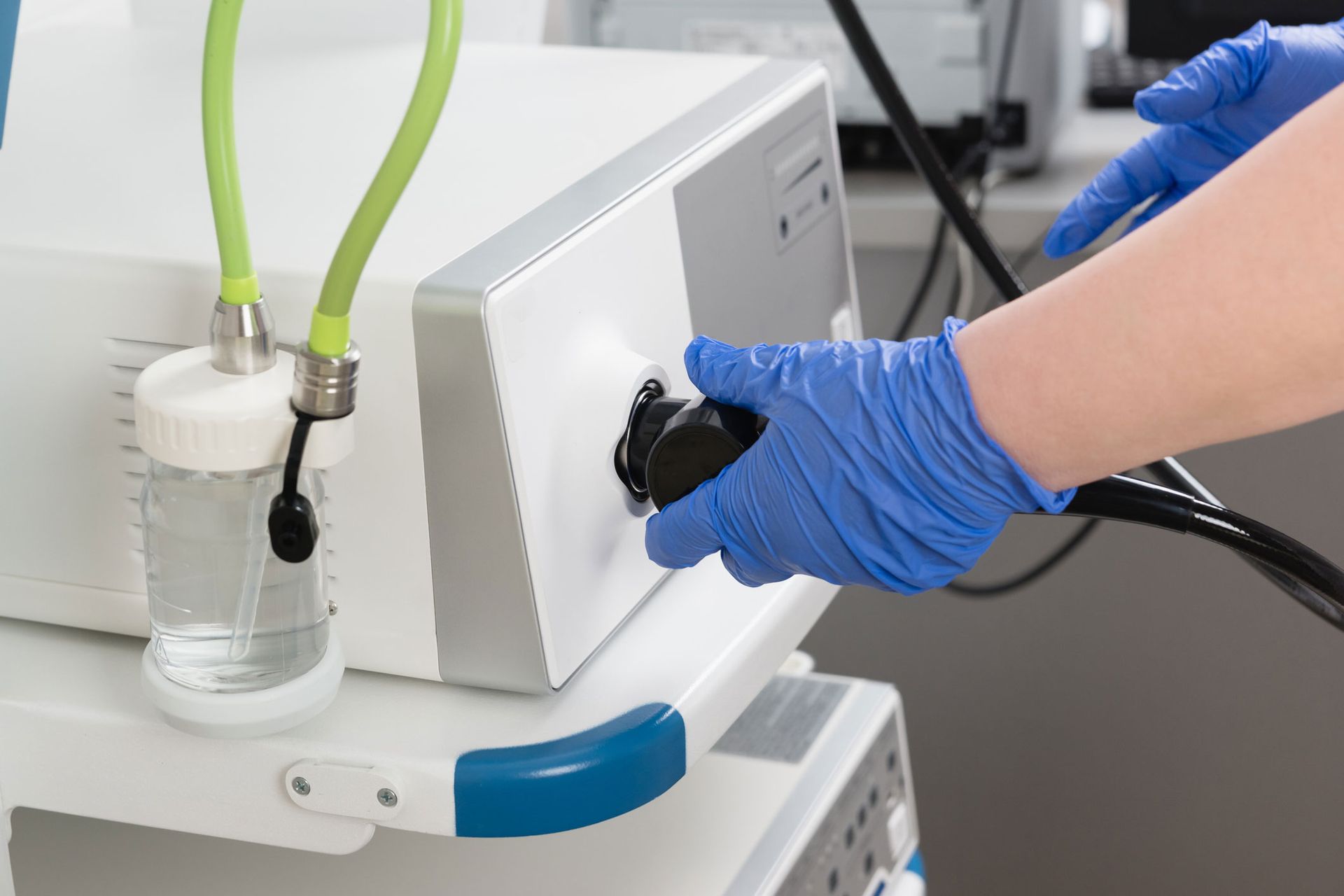
Why is flexible sigmoidoscopy necessary?
Flexible Sigmoidoscopy is a valuable tool for the diagnosis and follow-up of many diseases of the large intestine. Abnormalities suspected by x-ray can be confirmed and studied in detail. It is useful for the diagnosis and follow-up of patients with inflammatory bowel disease and unexplained bleeding in the lower colon. The procedure can also be a valuable screening tool for the prevention of colon cancer.
What should you expect during the procedure?
After admission you will be asked to change into a patient gown. You will then be given a consent form to sign and a nurse will be available to discuss any questions or concerns. You will be lying comfortably on your left side for the examination, which will last approximately ten minutes.
What happens after Flexible Sigmoidoscopy?
If you receive sedation, you will remain at the facility until most of the effects of the sedation have worn off. In this case, you will not be allowed to drive for the rest of the day and cannot return to work until the following day. Even though you may feel awake and alert, your reflexes may not be normal.
You may feel bloated after the procedure because of the air that was introduced while examining the colon. Passing flatus (gas) will provide relief and is encouraged.
Due to sedation, you will not be allowed to drive home following the procedure. You will need to arrange for a companion to drive you home, and who will remain in the building while you are here.
Are there any complications from Flexible Sigmoidoscopy?
Flexible Sigmoidoscopy is safe and is associated with very low risk when performed by a physician who has been specially trained and is experienced in this endoscopic procedure. One possible complication is perforation, a tear in the lining of the colon. This complication usually requires surgery to repair.
Bleeding may occur from the site of the biopsy or polyp removal. This is usually minor and stops on its own, or it can be controlled by cauterization through the endoscope.
Flexible Sigmoidoscopy is extremely worthwhile and safe, and it is valuable in the diagnosis and proper management of some disorders of the colon. The decision to perform this procedure was based upon assessment of your particular problem.
What preparation is required?
The best possible examination requires the lower portion of the colon be completely empty of stool. Therefore, you will be given diet and laxative instructions. It is imperative that you follow these instructions in order to clearly evaluate the colon.
IMPORTANT REMINDER:
This information is intended only to provide general guidance. It does not provide definitive medical advice. It is very important that you consult your doctor about your specific condition.




